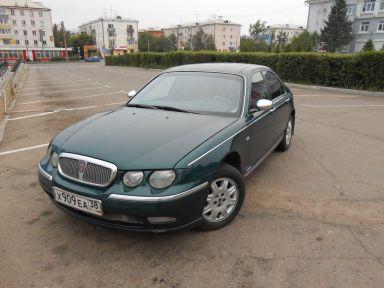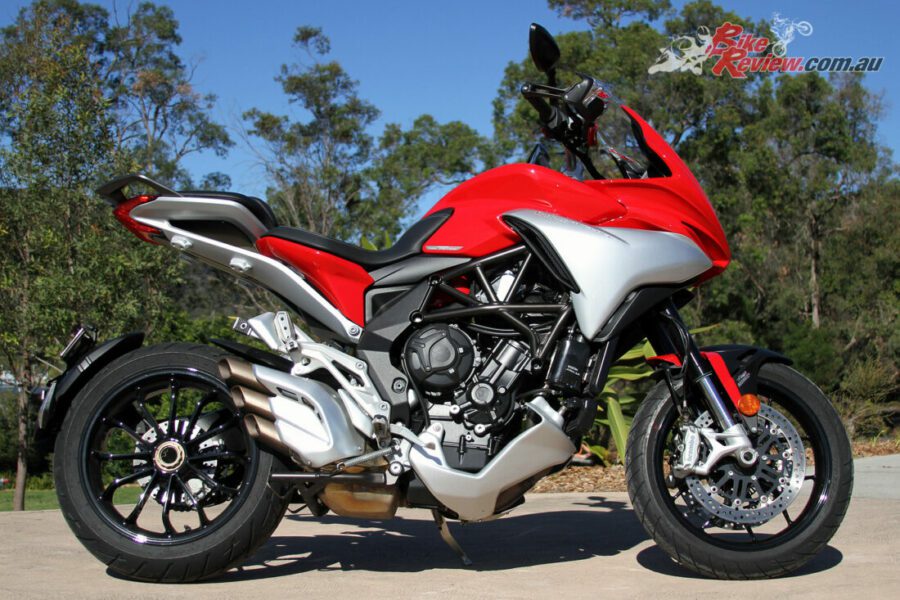
Rover 75 diesel 2004 review
Usually, no one drives up to a servo in the eastern suburbs and fills a luxurious salon with it.
Well, that's been the perception in Australia for a long time.
In fact, probably too long.
In Europe, diesel is much more widely used for a range of vehicles than here. First, it is comparatively cheaper, and the longer mileage makes it an economic miracle.
European automakers, mainly BMW, Peugeot and Citroen, have been leading the way in diesel technology for years, but now they have moved on to arrogant British brands like Rover.
For example, the new Rover 75 CDti boasts a 16-valve XNUMX-litre common rail turbodiesel engine.
It's fair to say that people will either love or hate diesel, but it has the potential to turn a few decisions in its favor.
Behind the conservative-looking gentleman's club interior, with its traditional elliptical dials, woodgrain trim and leather, hides a car with some striking features.
Thanks to state-of-the-art diesel technology, the company claims fuel consumption of 6.7 liters per 100 km in mixed city and highway driving.
In this test, mainly in the city, figures of 9.4 l / 100 km were obtained.
When the range meter showed that there were 605 km left before refueling, you realized that fuel economy is the virtue of this car.
The knock of a diesel engine during acceleration is noticeable - but certainly not annoying.
On the contrary, it helps to define the individual character of the car.
Power is enough for work in the city, acceleration to 0 km / h takes 100 seconds.
That's nearly two seconds slower than the livelier 2.5-litre petrol version, but it's a very smooth shift between gears.
The adaptive automatic transmission operates smoothly and steadily.
Shifting the shift lever to sport mode improves low-end throttle response.
The suspension is generally soft for a British car, but the ride over city bumps and potholes is still smooth.
Standard features include leather seats and armrest covers, leather steering wheel, center armrest and rear seat console.
There is no automatic adjustment of the driver's seat, which is available in higher-end petrol models.
ABS brakes, electronic brake force distribution and a host of driver and passenger airbags are standard.
There is dual air conditioning, automatic climate control and engine immobilizer.
Without a doubt, the most striking feature of the interior is the classic dashboard with its dials.
The digital shutdown display and information display also include outdoor temperature readings.
And as you'd expect from a car in this class, cruise control, one-touch power windows, power and heated mirrors, and a set of delay and dimming headlights are standard.
The Rover is equipped with 16-inch multi-spoke alloy wheels and a full-size alloy spare wheel.
The 75's stylish exterior lines are lauded, but its real test in Australia will be that people will accept the car as a unique package.
As with Warnie, there are plenty of baked bean tins to choose from - just whether or not you want to try something different.
